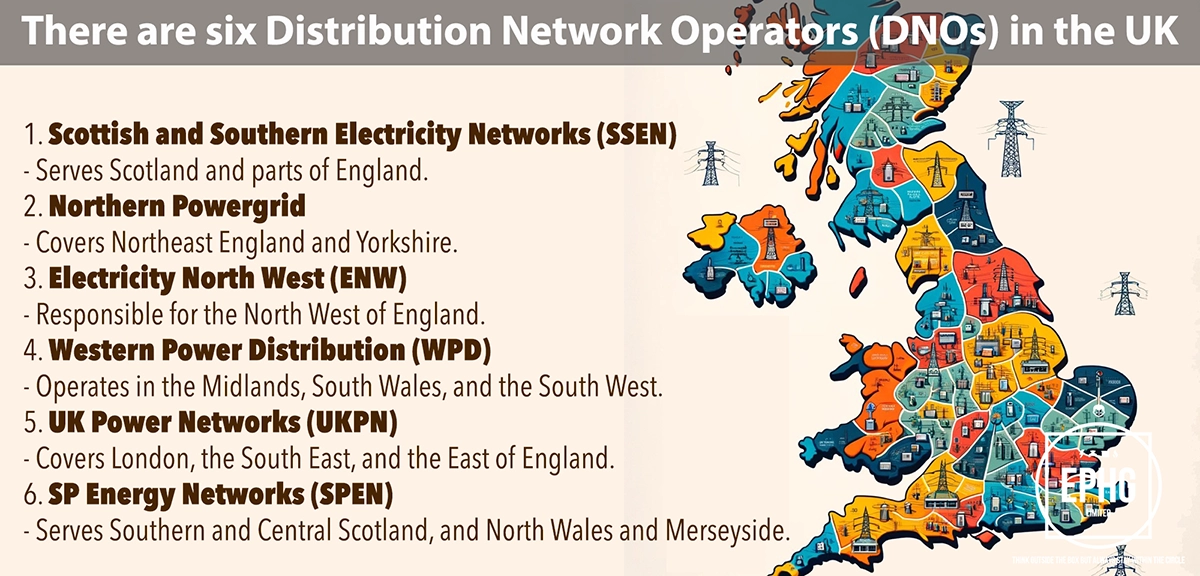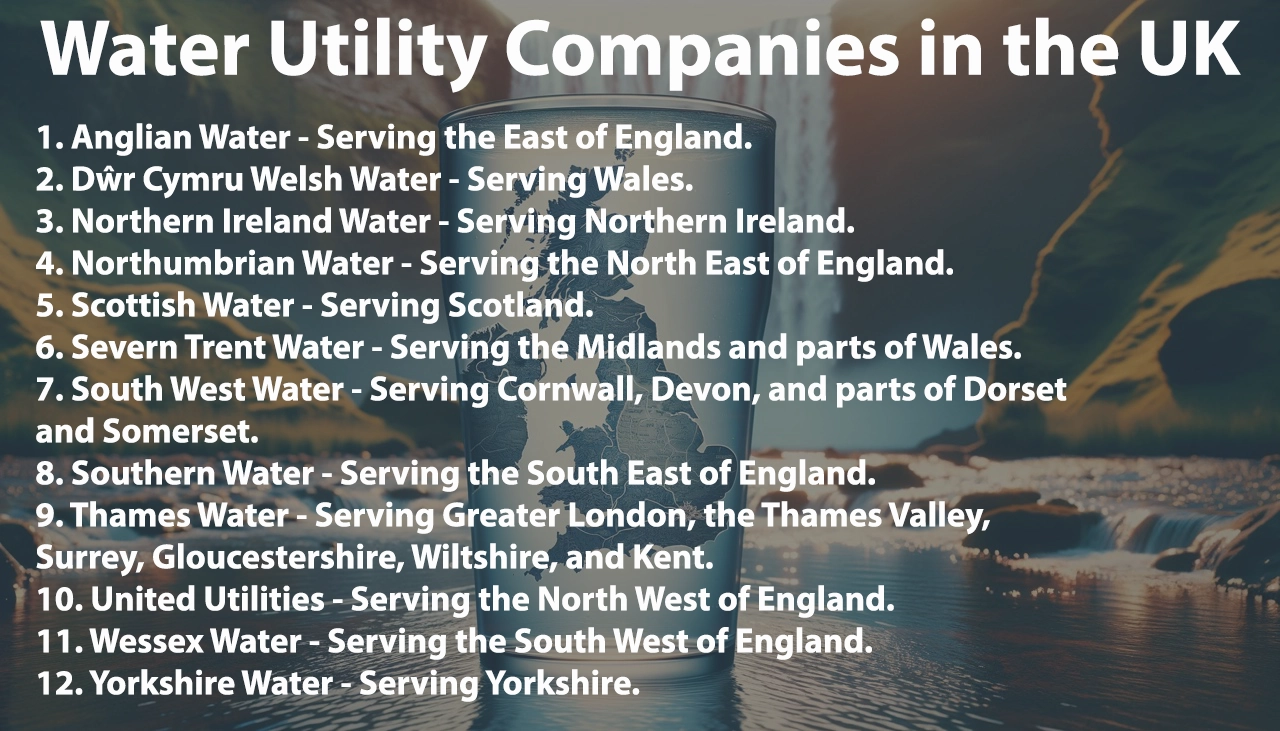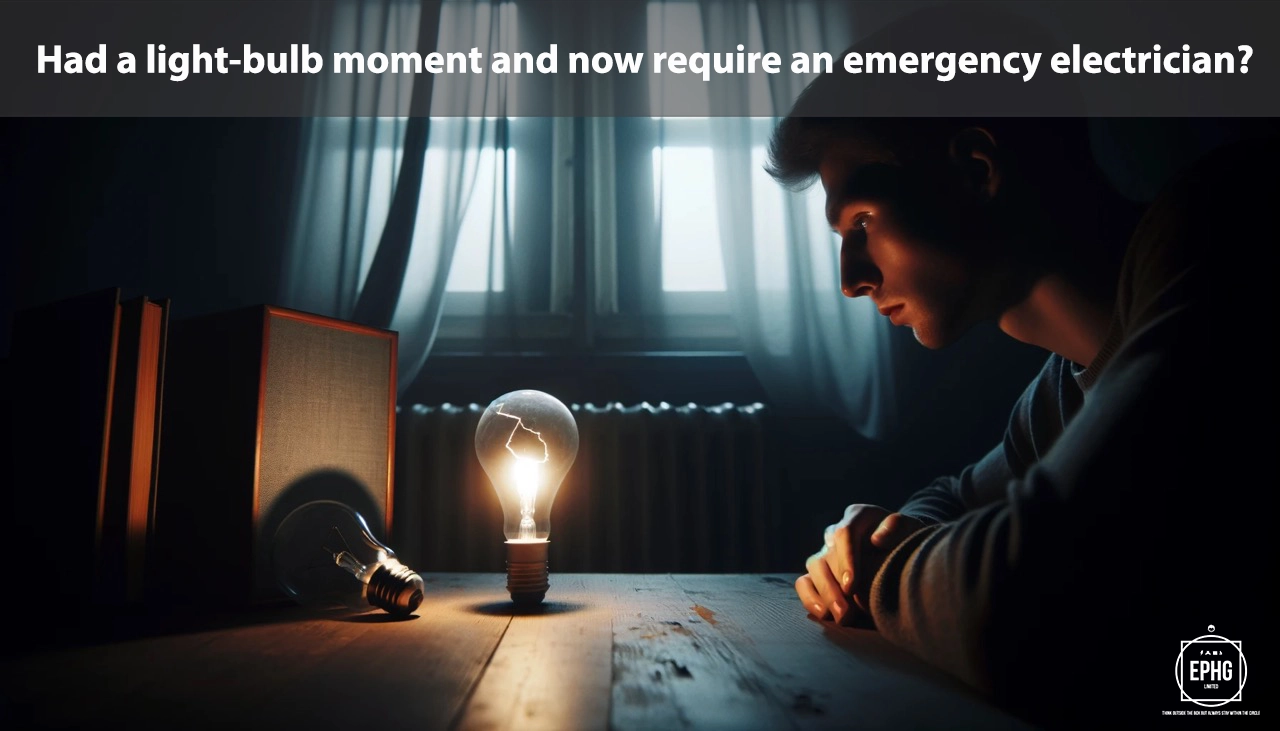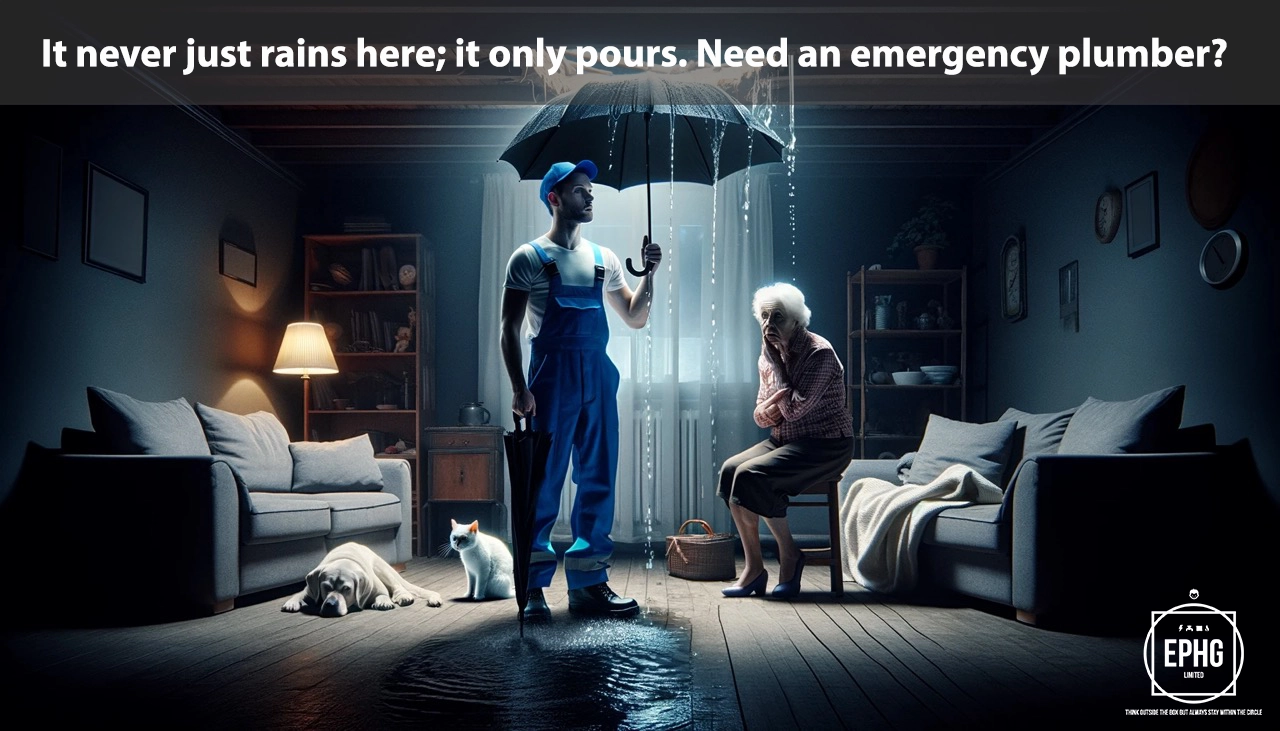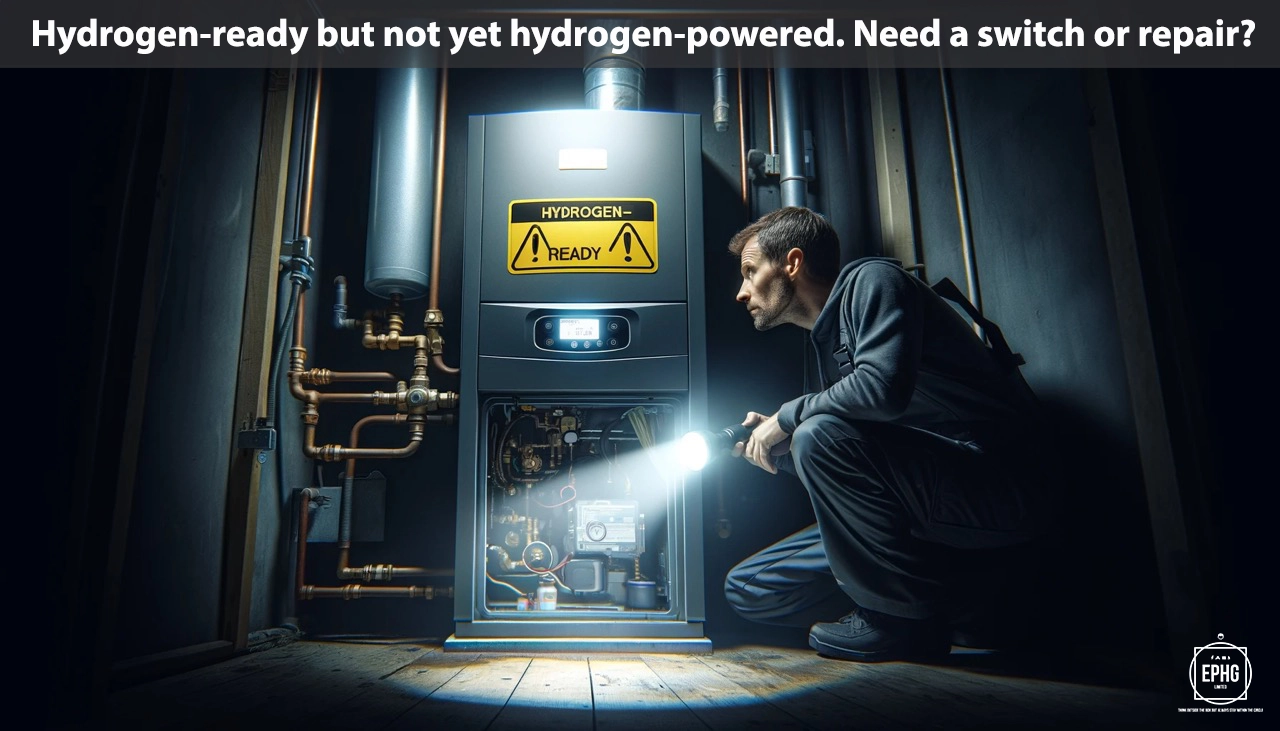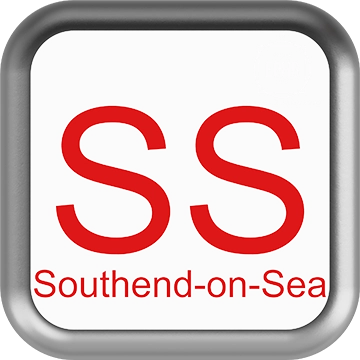
SS Postcodes for Utilities & Services
Introduction: The SS postcode area, encompassing Southend-on-Sea and its surrounding regions, provides a comprehensive overview of local utilities and services. This guide aims to detail aspects of water and electricity supply, among other essential services for residents and visitors.
Water in Southend-on-Sea
Where does the water supply come from in the SS postcode area and is there ever a shortage of water?
In the SS postcode area, particularly around Southend-on-Sea, the main water supply sources include the River Crouch and the River Roach, alongside underground aquifers. These natural resources are crucial for the region's water provision, with treatment facilities ensuring the water meets safety and quality standards before reaching the community. Despite a generally reliable supply, the SS area faces challenges such as increased demand from population growth, climate change impacts, and occasional drought conditions that can strain water resources. Local water companies and authorities actively monitor levels and quality, implementing conservation measures as needed. Residents are encouraged to engage in water-saving practices to ensure sustainability and maintain adequate supplies for all.
What is the hardness & quality of the water in the SS postcode area and can this affect your health?
The water in the SS postcode area is typically classified as hard, due to its journey through chalk and limestone landscapes, enriching it with minerals like calcium and magnesium. While hard water can lead to scale buildup in appliances and affect soap efficiency, it undergoes strict testing to ensure it meets all safety and quality standards, making it safe for consumption. Although hard water is not generally harmful to health and can contribute beneficial minerals, some individuals may prefer the taste or effects of softer water. Local authorities remain dedicated to providing high-quality water and addressing any resident concerns regarding water safety and hardness.
Electricity in Southend-on-Sea
Where does the electric supply come from in the SS postcode area and what is the future of energy there?
The electricity supply in the SS postcode area, covering Southend-on-Sea and surrounding locales, predominantly comes from the national grid, with energy being generated from a mix of traditional and renewable sources. The region is increasingly focusing on sustainable energy solutions, including wind, solar, and tidal energy projects, to meet its electricity needs. The future of energy in the SS area is aimed towards enhancing environmental sustainability and reducing reliance on fossil fuels. There are plans to increase investments in renewable energy sources and technologies, aiming to create a greener, more energy-efficient region that aligns with national carbon reduction targets.
When is hydrogen coming to gas boilers in the SS postcode area?
The transition to hydrogen-powered heating systems in the SS postcode area is part of the broader UK initiative to reduce carbon emissions from home heating. The timeline for hydrogen integration will depend on the outcomes of pilot projects and national strategy developments. Residents are encouraged to maintain their existing heating systems while staying informed about new energy solutions. Local authorities and energy suppliers will provide updates and support to ensure residents are prepared for the transition to more sustainable heating options as they become available.
Where Does the Wastewater Go in the SS postcode area?
In the SS postcode area, wastewater from residential, commercial, and industrial properties is collected and treated at several state-of-the-art facilities to ensure it meets environmental standards before being released back into natural watercourses. Local treatment plants employ advanced processes to remove contaminants, safeguarding the health of local communities and the environment. The treated water is typically discharged into nearby rivers or the North Sea, following strict regulations to protect marine and coastal ecosystems. The dedication to effective wastewater management reflects the region's commitment to maintaining high environmental and public health standards.
Regions and Services:
The SS postcode area offers a variety of settings from the bustling coastal towns to serene rural areas. Key regions include:
- Southend-on-Sea: A major center for urban utilities development, featuring advanced electrical and gas infrastructures and a growing emphasis on renewable energy sources.
- Basildon, Canvey Island, and Rayleigh: Dynamic towns that offer a combination of traditional and contemporary services, showcasing diverse histories and evolving community needs.
- Rochford, Leigh-on-Sea, and Wickford: Picturesque areas where the integration of renewable energy projects with conventional utilities is on the rise, enhancing the local living environment.

Regions within the SS Postcode
Southend-on-Sea and Surrounding Areas
- SS0: Westcliff-on-Sea - Known for its seaside views, cultural facilities, and residential areas.
- SS1: Southend-on-Sea, Thorpe Bay - The central part of the town with the pier, beaches, and entertainment facilities.
- SS2: Southend-on-Sea, Prittlewell - Areas with the airport, educational institutions, and a mix of residential types.
- SS3: Shoeburyness, Great Wakering, Little Wakering - Coastal regions known for their military history and natural reserves.
- SS4: Rochford, Stambridge - Combining historic towns with rural surroundings and community amenities.
- SS5: Hockley, Hawkwell, Hullbridge - Residential areas with natural landscapes and local businesses.
- SS6: Rayleigh - A bustling town known for its shopping areas, parks, and community events.
- SS7: Benfleet, South Benfleet, Hadleigh, Thundersley - Suburban and rural mix with historical sites and parks.
- SS8: Canvey Island - Known for its unique island community, leisure parks, and industrial areas.
- SS9: Leigh-on-Sea, Eastwood - Areas known for their artistic communities, shopping districts, and waterfront.
Essex Coastal and Inland Regions
- SS11: Wickford, Runwell, Shotgate - Residential areas with local businesses and community facilities.
- SS12: Wickford, North Benfleet - Combining suburban living with access to countryside and local amenities.
- SS13: Basildon, Pitsea - Areas known for their retail parks, industrial estates, and residential communities.
- SS14: Basildon - The town center area with a mix of commercial, retail, and residential spaces.
- SS15: Laindon, Basildon - Suburban areas with shopping centers and community parks.
- SS16: Langdon Hills, Basildon - Noted for its natural landscapes, residential areas, and golf courses.
- SS17: Stanford-le-Hope, Corringham - Towns with industrial heritage and growing residential developments.
